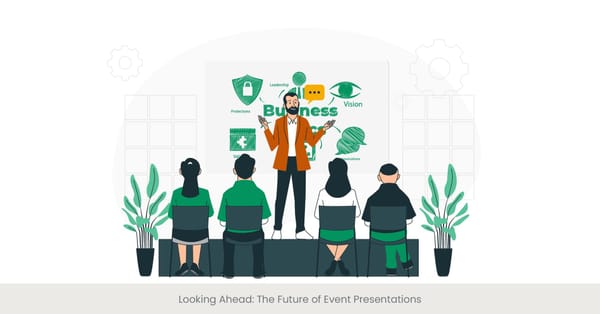
Understanding Audience Needs and Preferences
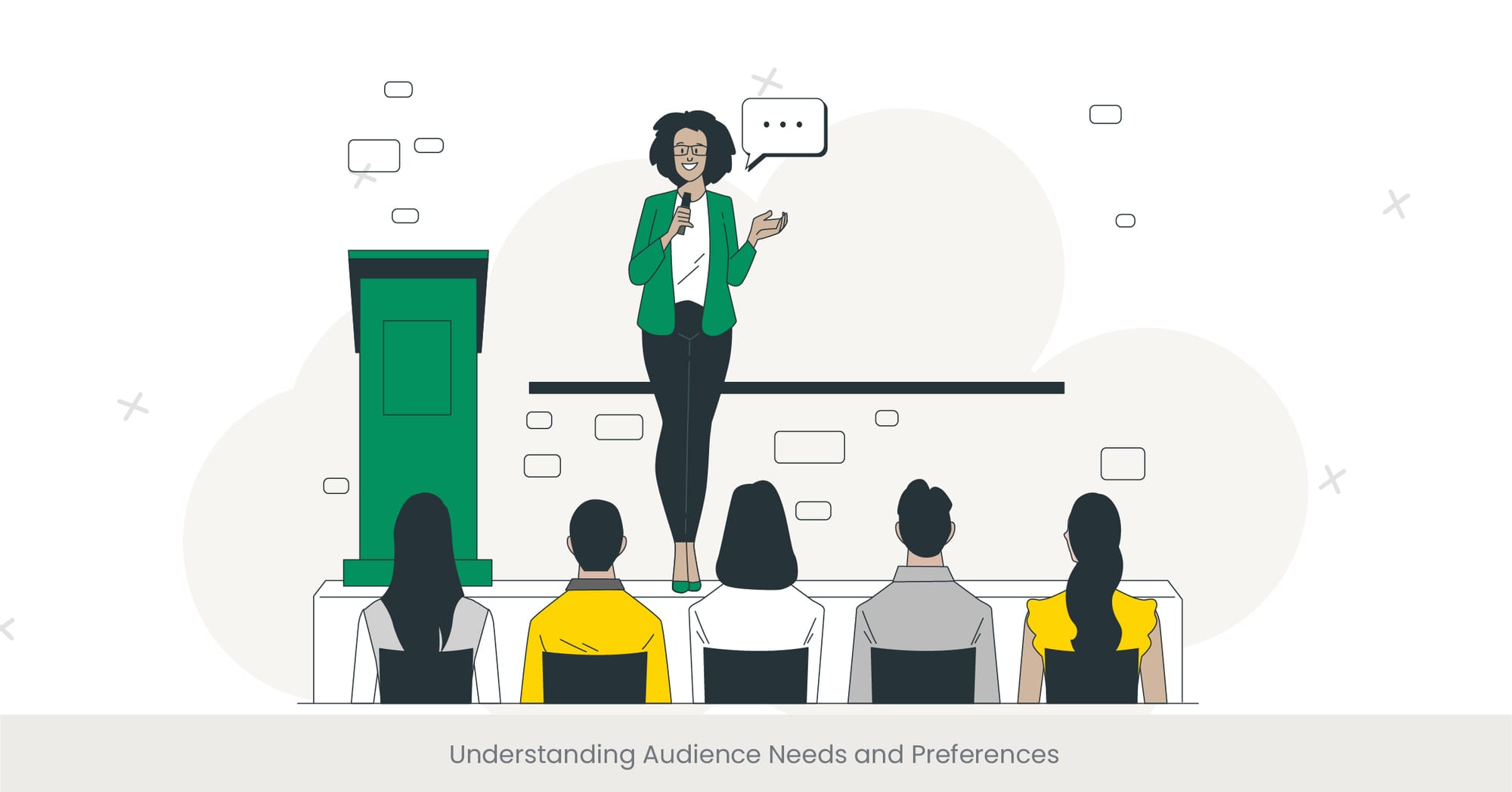
Engaging Your Event Audience with Precision
At the heart of every successful event lies a profound understanding of the audience's needs and preferences. This foundational step is not just about gathering demographic data; it's about diving deep into the psyche of your attendees, comprehending their motivations, expectations, and the unique challenges they face. By prioritizing this understanding, event content producers can tailor their offerings to resonate on a personal level, ensuring that every aspect of the event speaks directly to the audience's desires and interests.
The Fabric of Audience Insight
The journey to captivating your audience begins and what drives them. This involves going beyond surface-level attributes to explore the nuanced tapestry of their professional backgrounds, industry challenges, and the evolving trends in professional life that influence their expectations from your event. Historical data from past events, surveys, social media analytics, and direct feedback play a pivotal role in painting a detailed portrait of your audience. This rich background information serves as the cornerstone for developing content that is not only relevant but also deeply engaging.
Bringing Insights to Life Through Content
Real-world examples and case studies illuminate the path to effectively addressing audience needs and preferences. Consider an international technology conference that leveraged attendee feedback to introduce breakout sessions tailored to specific tech interests and expertise levels. This approach, informed by direct audience input, significantly increased engagement and satisfaction ratings. Similarly, a health and wellness retreat employed personalized content tracks based on pre-event surveys, resulting in a memorable experience that attendees felt was uniquely designed for them. These examples underscore the importance of using audience insights to shape event content, making each session, workshop, or presentation feel intimately relevant to each participant.
Validating Strategies with Data and External Insights
The strategic incorporation of audience insights into event content is further validated by external research and data. For instance, a study by the Event Marketing Institute emphasizes the direct correlation between personalized event experiences and attendee engagement, with 91% of event marketers agreeing that customization significantly impacts attendee satisfaction. Additionally, leveraging tools like Google Analytics and social listening platforms can offer quantitative data on audience preferences, while industry reports and case studies provide qualitative insights that help refine content strategies. This blend of internal analysis and external validation ensures that the event content not only captivates but also resonates with the audience on a deeper level.
By meticulously understanding and integrating audience needs and preferences into your event content, you set the stage for a truly engaging and impactful experience. This approach not only enhances the immediate appeal of your event but also fosters long-term relationships with your attendees, encouraging participation and ensuring that your event remains a must-attend in their professional calendar.
Storytelling Techniques for Captivating Content
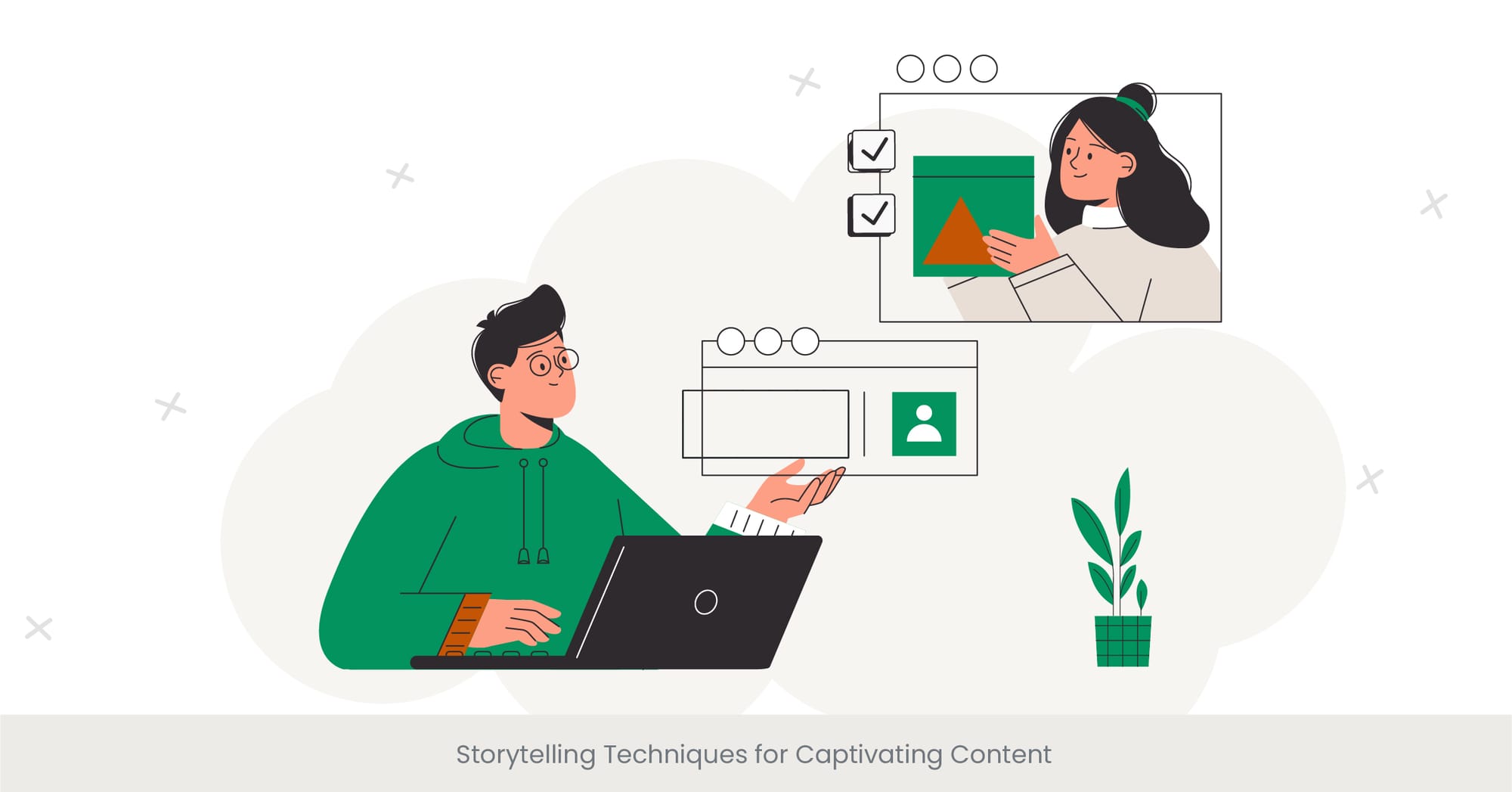
The Art of Narrative in Event Content
Storytelling is an ancient art form that remains at the heart of compelling event content. By weaving a narrative through your presentations, workshops, and seminars, you can captivate your audience's attention and ensure that your message not only resonates but also sticks with them long after the event concludes. The key to successful storytelling in events lies in understanding the elements of a good story—character, conflict, and resolution—and how these elements can be applied to convey your message in a way that is both engaging and memorable.
Crafting Stories That Resonate
The background of effective storytelling in event content is rich with strategies that engage the human psyche. Humans are naturally drawn to stories that reflect their own experiences or challenges they can relate to. Incorporating real-life examples, overcoming obstacles, and achieving success can transform your event content from mundane to extraordinary. Utilizing the classic storytelling structure—introducing a relatable character (which could be a person, a product, or an idea), presenting a conflict or challenge, and leading to a resolution—helps create a narrative arc that engages attendees from start to finish.
Real-World Applications and Success Stories
Consider a tech company that launched a new product at a major industry event. Instead of focusing solely on the product's features, the presentation outlined the journey of a fictional character facing specific challenges that the product could solve. This narrative approach not only demonstrated the product's value in a relatable context but also kept the audience engaged and invested in the story's outcome. Similarly, a non-profit organization shared success stories of individuals impacted by their work during a fundraising event, using storytelling to evoke emotions and drive donations. These examples highlight how effective storytelling can turn content into an immersive experience, leaving a lasting impression on the audience.
Leveraging External Insights for Authentic Narratives
Incorporating storytelling into your event content is not just about crafting tales; it's about grounding these narratives in reality and authenticity. Research and data from reputable sources like Harvard Business Review and the Stanford Social Innovation Review underline the effectiveness of storytelling in communication. For instance, studies have shown that messages delivered as stories can be up to 22 times more memorable than just facts. Furthermore, incorporating storytelling techniques has been proven to increase attendee engagement and content retention, making it a critical strategy for event content production.
By mastering the art of storytelling, you can transform your event content into a captivating narrative that not only engages but also deeply connects with your audience, making your event an unforgettable experience.
Integrating Multimedia Elements for Dynamic Presentations
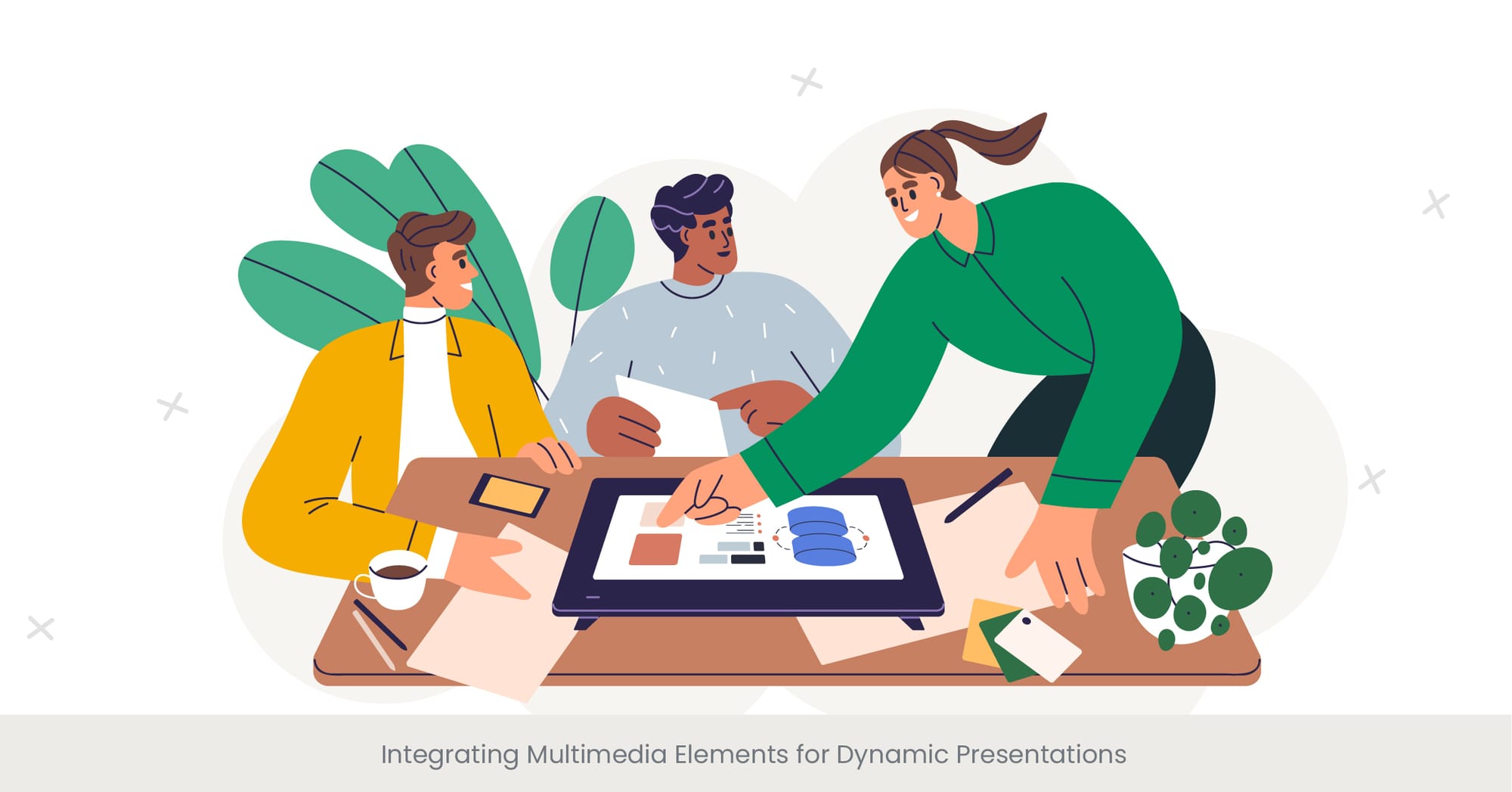
The Power of Multimedia in Audience Engagement
In today's fast-paced digital landscape, integrating multimedia elements into event content is crucial for capturing and maintaining the audience's attention. Dynamic presentations that leverage videos, animations, interactive polls, and social media feeds can transform a standard presentation into an immersive experience. This integration not only enriches the content but also caters to diverse learning styles, ensuring that all attendees, whether they are visual, auditory, or kinesthetic learners, find the presentations engaging and informative.
The Evolution of Multimedia in Events
The use of multimedia in events has evolved significantly, driven by advancements in technology and changes in audience expectations. From the first slide projectors to today's high-resolution LED video walls, the progression has been towards more interactive and visually appealing content. Historical milestones, such as the introduction of PowerPoint in the 1990s and the rise of social media platforms in the 2000s, have shaped the way event content is produced and consumed. These developments highlight the increasing importance of multimedia elements in creating dynamic presentations that captivate audiences.
Case Studies: Multimedia Mastery in Action
Real-world examples of multimedia integration showcase its impact on audience engagement. For instance, a major tech conference utilized an LED video wall to display live social media reactions, creating a dynamic backdrop that encouraged real-time audience participation. Another example is a music festival that employed augmented reality (AR) experiences, allowing attendees to interact with the event in unique and personalized ways through their smartphones. These instances demonstrate how effectively leveraging multimedia elements can elevate the attendee experience, making the event content more engaging and memorable.
Supporting Data and Expert Insights
Research supports the effectiveness of multimedia in enhancing presentations. According to the Journal of Educational Psychology, information retention rates significantly increase when content is presented through both visual and auditory channels compared to a single channel. Moreover, a survey by EventMB highlights that 85% of event professionals plan to use more audiovisual technology in their future events, underscoring the recognized value of multimedia elements. These statistics and insights from experts in the field validate the strategic incorporation of multimedia into event content as a means to engage and captivate audiences more effectively.
Integrating multimedia elements into your event presentations is not just an enhancement; it's a necessity in the modern event landscape. By embracing the full spectrum of multimedia capabilities, you can ensure that your event content is not only informative but also engaging, immersive, and unforgettable for your audience.
Explore our blog - 10 Steps to Mastering Your Product Launch Event Presentation on impactful presentation design trends.
Designing Content for Maximum Impact
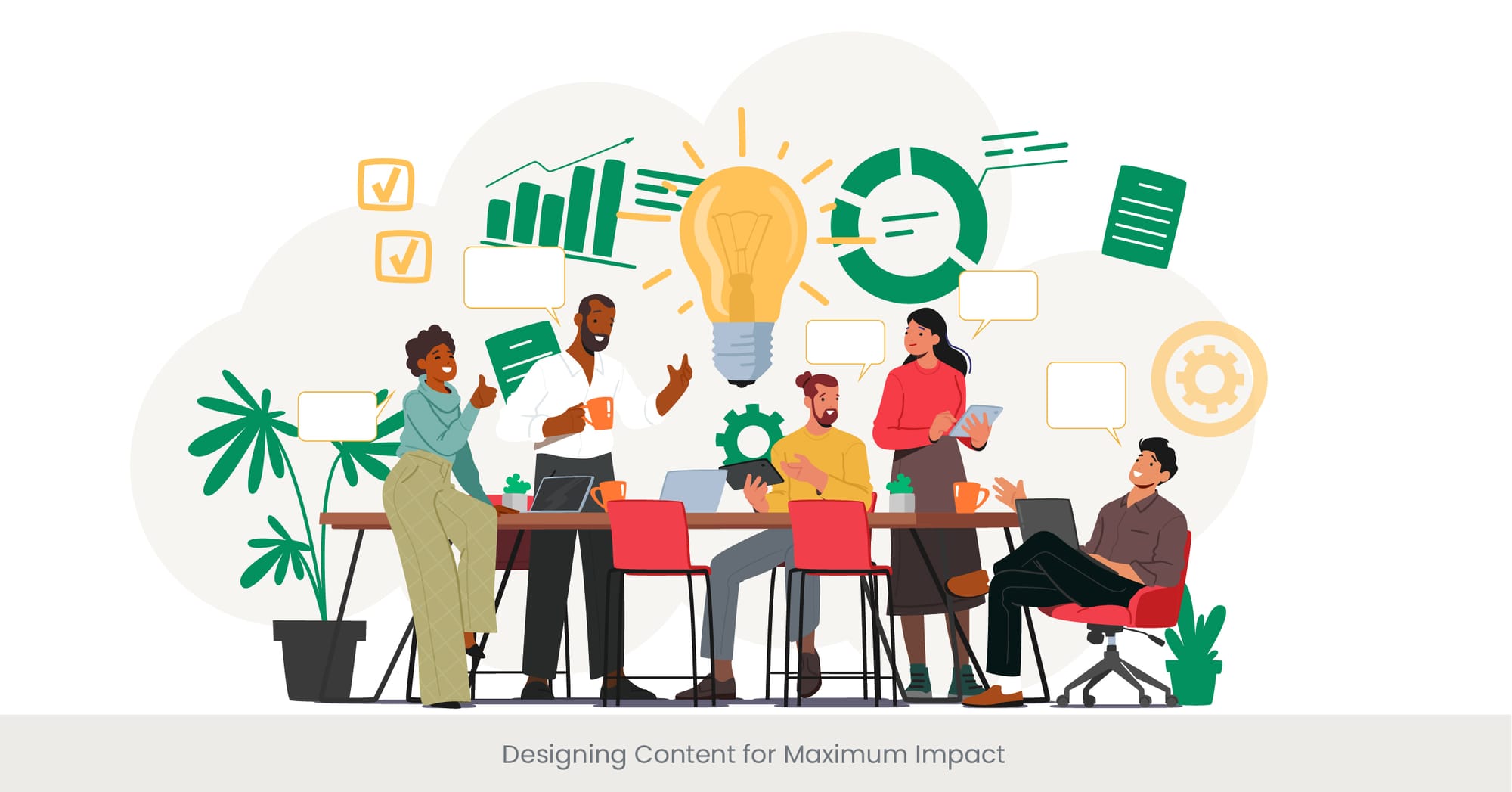
Crafting Content with Purpose
The cornerstone of creating impactful event content lies in its purposeful design. This entails a deliberate approach where every element of the content, from the structure and format to the choice of multimedia, is tailored to resonate with the audience's interests and needs. Purposeful content design goes beyond superficial appeal, seeking to forge a deeper connection with the audience, stimulate thought, and provoke action. It's about understanding the delicate balance between information and engagement, ensuring that your message is not only heard but felt and remembered.
The Science and Art of Content Design
Content design for events is both a science and an art, involving a deep understanding of psychological principles and creative expression. On the scientific side, principles of attention, memory, and learning guide the structuring of content to ensure it is digestible, memorable, and impactful. For instance, the serial position effect suggests that people tend to remember the first and last pieces of information in a series best, which can inform the placement of key messages. Artistically, the use of narrative, visual aesthetics, and dynamic multimedia elements contributes to a compelling presentation that captures and holds the audience and viewer's interest and attention.
Illustrative Successes in High-Impact Content Design
Several events stand out as benchmarks in content design for their innovative approaches to engaging audiences. For example, a global marketing summit used an interactive app that allowed attendees to customize their event experience, choosing sessions based on content previews that included short videos and key takeaways. This level of personalization ensured that attendees were more engaged and invested in the sessions they attended. Another instance is a sustainability conference that employed virtual reality (VR) to transport attendees to different environments affected by climate change, providing a powerful emotional and visual context to the information being presented.
Empirical Support and Expert Perspectives
The effectiveness of well-designed content is backed by empirical evidence and expert opinion. A study published in the "International Journal of Event and Festival Management" found that content specifically designed to engage attendees through interactive and immersive experiences led to higher levels of satisfaction and retention. Furthermore, industry leaders emphasize the importance of alignment between content design and event objectives, suggesting that a strategic approach to content can significantly enhance the overall impact of an event. Insights from such studies and thought leaders reinforce the value of investing time and resources into the meticulous design of event content, ensuring it achieves the desired impact on the audience.
By meticulously crafting your event content with both the science of psychology and the art of storytelling in mind, you create an environment ripe for engagement, learning, and inspiration. This strategic approach to content design not only maximizes its impact but also leaves a lasting imprint on your audience, elevating the overall event experience.
Strategies for Content Variation Across Event Types
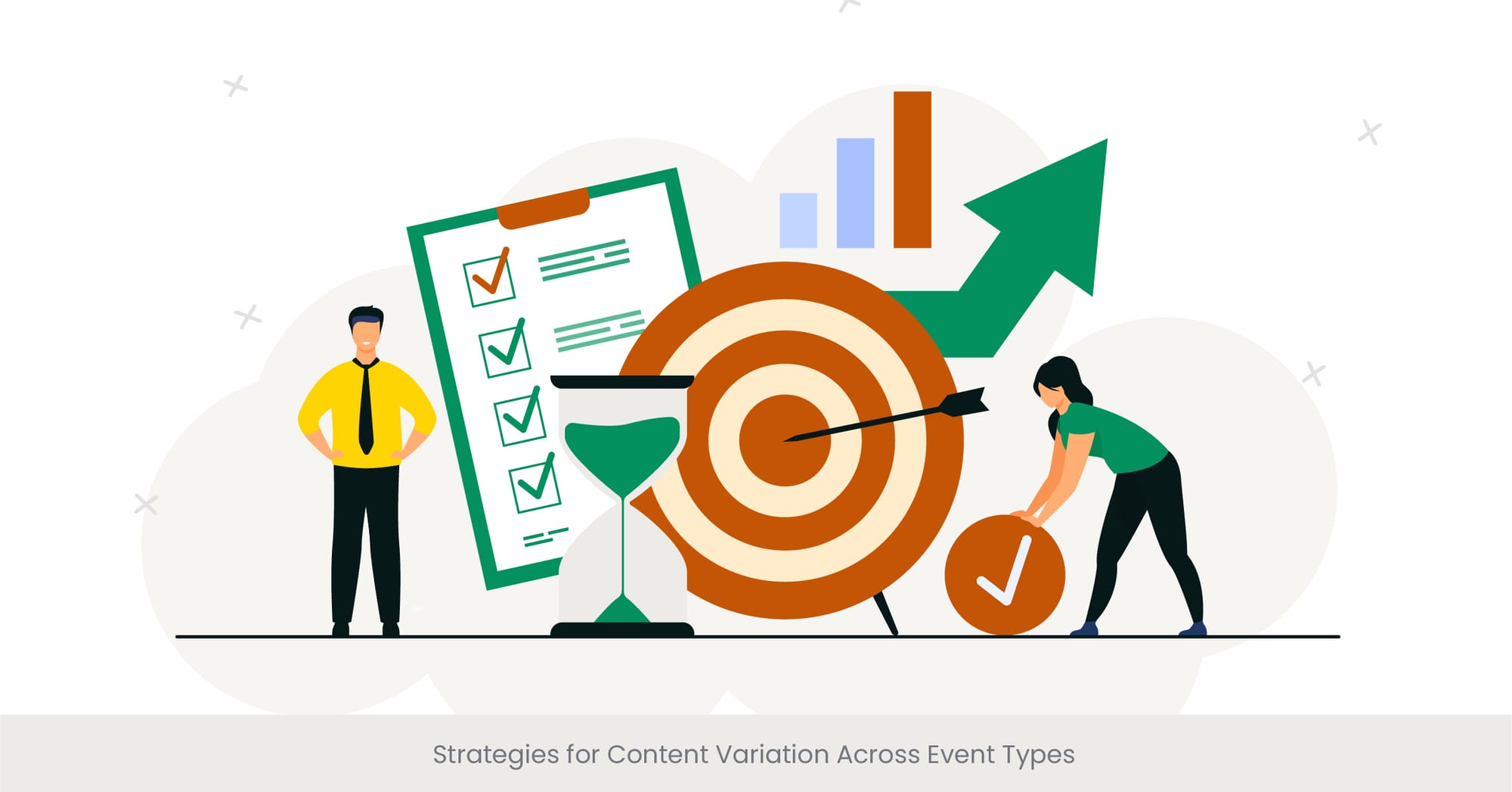
Tailoring Content to Fit the Event
Creating content that resonates with an audience always requires careful consideration and an adaptable approach, especially when considering the diverse nature of events. From corporate conferences to creative workshops, each event type demands a unique content strategy that aligns with its goals and audience expectations. This begins with an understanding that the content which captivates a tech symposium audience will differ markedly from what engages attendees at a literary festival. Therefore, the first step in content variation is recognizing the specific needs, interests, and engagement patterns of your audience across different event types.
The Blueprint of Adaptation
Adapting content for various events involves more than superficial changes; it requires a deep dive into the essence of each event type and the audience it attracts. For corporate events, the focus might be on industry insights, case studies, and networking opportunities. In contrast, creative workshops would benefit from hands-on activities, inspirational talks, and interactive sessions that encourage creative expression. Understanding these nuances allows event planners to design content that not only informs but also inspires and connects with attendees on a personal level.
Success Stories in Content Adaptation
A clear illustration of successful content adaptation can be seen in a multinational company that hosted a series of events ranging from internal training sessions to large-scale industry conferences. By tailoring content to match the objectives of each event—incorporating interactive e-learning modules for training and high-profile keynote speakers for conferences—the company was able to maximize engagement and achieve its diverse set of goals. Another example is a cultural festival that varied its content offerings based on audience demographics, featuring storytelling sessions for families in the daytime and live music performances in the evening, thereby catering to the broad tastes of its attendees.
Validating the Approach Through Data
The strategic variation of content across different event types is supported by data and expert analysis. Research published in the "Journal of Marketing Management" demonstrates that customized content strategies significantly enhance attendee satisfaction and engagement levels. Moreover, event marketing experts advocate for the use of analytics tools to gauge audience response, allowing for continuous refinement of content strategies. By analyzing attendance patterns, session ratings, and feedback, event organizers can fine-tune their content offerings to better suit the preferences of their audience, ensuring each event is as engaging and effective as possible.
Strategically varying content according to the type of event and its target audience is not just beneficial—it's essential for ensuring the success and impact of your events. By adopting a flexible and informed approach to content creation, you can cater to the diverse needs and interests of your attendees, making every event a memorable experience.
Audience Participation Techniques
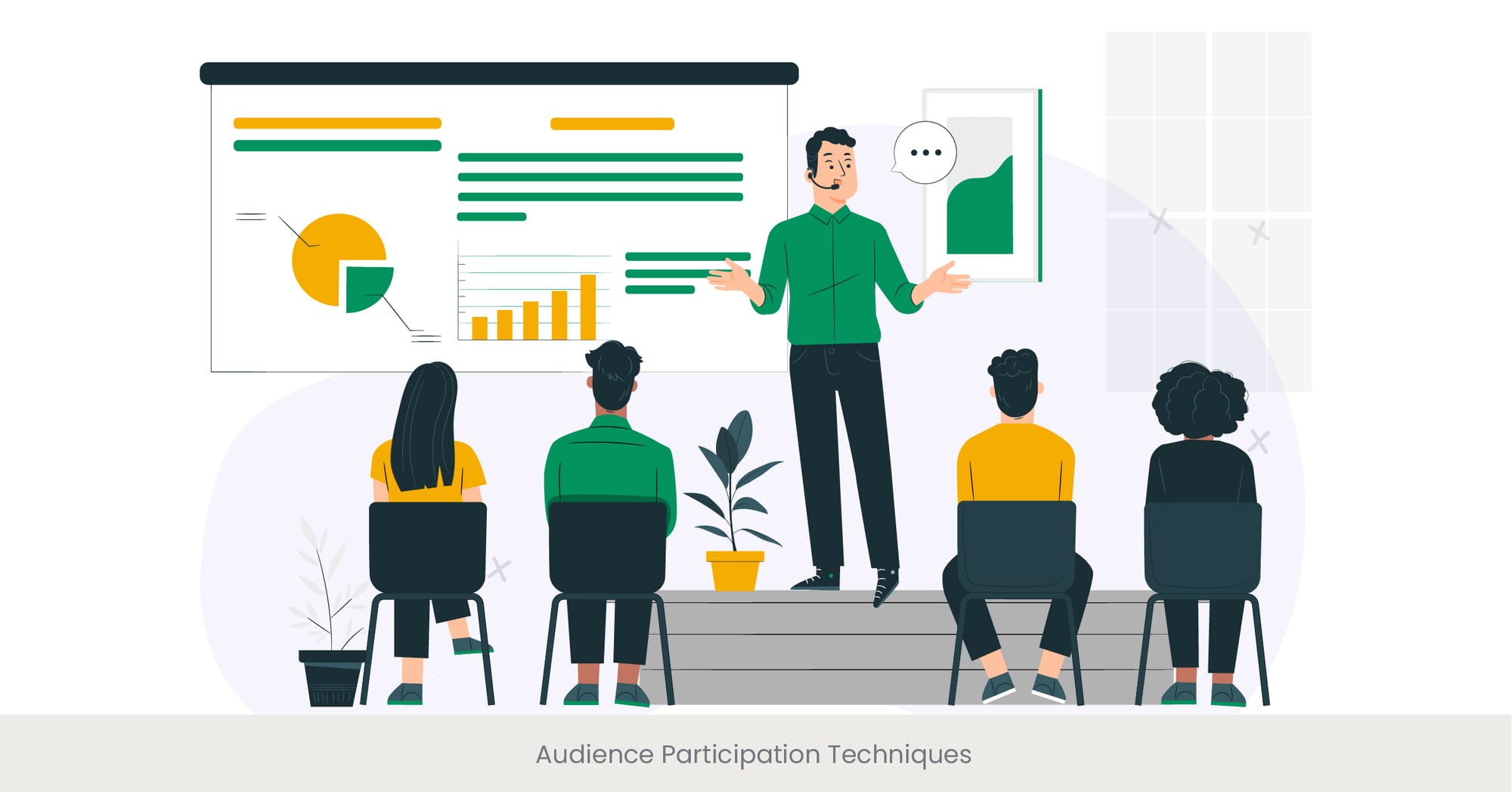
Engaging Through Interaction
Audience participation is a dynamic component of event content that significantly boosts engagement and satisfaction. Moving beyond passive listening, interactive techniques transform attendees into active participants, creating a more memorable and impactful experience. This engagement is achieved through a variety of methods, including live polling, Q&A sessions, interactive workshops, and gamification. Each method serves to break down the barriers between speakers and the audience, fostering a sense of community and shared learning.
Foundations of Effective Participation
The background to successful audience participation lies in understanding the psychological principles that drive human interaction and engagement. Techniques that encourage participation should be designed to cater to the audience's desire for recognition, connection, and contribution. For instance, incorporating live polls during presentations not only gathers instant feedback but also makes attendees feel their opinions are valued. Workshops that encourage collaborative problem-solving or brainstorming sessions tap into the collective intelligence of the group, enhancing the learning experience for all participants.
Real-Life Examples of Participation Success
Examples of effective audience participation abound across various event types. A tech conference employed an app-based live Q&A feature, allowing attendees to submit questions in real-time, which were then addressed by the speakers. This approach not only increased engagement but also ensured that the content was responsive to the audience's immediate interests. Another example can be seen in a health and wellness retreat that used gamification, rewarding attendees for participating in different activities with points redeemable for exclusive sessions or products. These instances highlight the power of interactive techniques in creating an active and engaged audience.
Supporting Data and Industry Insights
The impact of audience participation techniques is underscored by research and industry insights. A study in the "Journal of Business and Technical Communication" found that events incorporating interactive elements reported a 40% increase in attendee satisfaction. Furthermore, industry experts highlight the role of technology in enhancing participation, with tools like event apps, AR, and VR providing new avenues for interactive experiences. These technologies not only facilitate greater audience involvement but also offer insights into engagement levels, helping organizers to continuously improve their strategies.
Incorporating audience participation techniques into your event content strategy is crucial for creating a vibrant, interactive, and engaging event atmosphere. By actively involving attendees, you not only enhance their experience but also contribute to the overall success and memorability of the event.
See how INK PPT has transformed corporate event presentations—read our MG Tech Forum 2019 case study.
Measuring Content Engagement and Impact
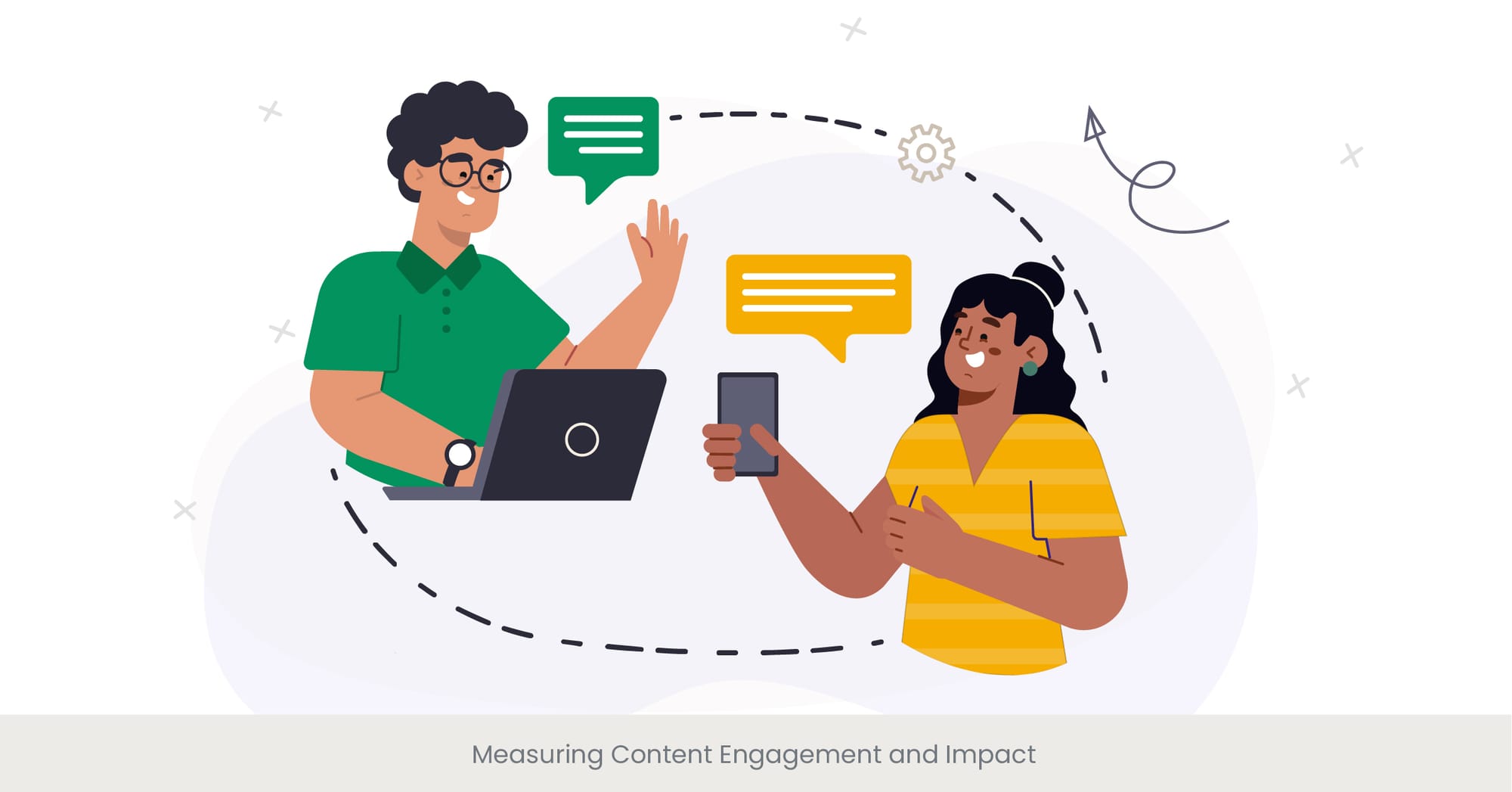
The Importance of Metrics in Event Success
Understanding and measuring the engagement and impact of your event content are crucial for gauging its success and identifying areas for improvement. This process involves tracking a variety of metrics, such as attendance rates, session feedback, audience participation levels, and post-event survey responses. By analyzing these data points, event organizers can gain insights into what worked well and what didn't, allowing for data-driven decisions in future content planning and execution.
Delving into Engagement Metrics
Engagement metrics offer a window into how effectively event content captures and maintains the audience's attention. Key performance indicators (KPIs) include session attendance numbers, duration of attendance, interaction rates in live polls and Q&As, and social media engagement related to the event. Advanced analytics tools and event management software can also track audience behavior, such as which sessions had the highest engagement and which topics generated the most discussion. This information not only measures success but also helps in tailoring content to better meet audience needs.
Real-World Impact: Case Studies and Analysis
The impact of well-measured and analyzed event content can be seen in numerous case studies. For example, an annual marketing conference utilized real-time analytics to adjust session topics and formats on the fly, based on attendee engagement metrics. This agility led to improved satisfaction scores and higher overall engagement. Another case involved a professional development workshop series that, after analyzing post-event surveys, introduced more hands-on sessions in response to attendee feedback, resulting in increased attendance and positive testimonials in subsequent events.
Leveraging Insights for Future Success
The strategic application of engagement and impact measurements extends beyond immediate adjustments. Longitudinal studies and trend analysis can provide valuable insights into changing audience preferences and the effectiveness of different content formats over time. For instance, a longitudinal study published in the "International Journal of Event and Festival Management" highlighted the growing preference for interactive and immersive content experiences. These insights guide not just the planning of future events but also the strategic direction of content development, ensuring that events continue to evolve in alignment with audience expectations.
Measuring the engagement and impact of your event content is not merely about collecting data; it's about translating these insights into actionable strategies that enhance the value and effectiveness of your events. Through careful analysis and application of these metrics, you can ensure that your events remain relevant, engaging, and impactful, meeting and exceeding the expectations of your audience.
Utilizing LED Walls and Other Technology for Content Display
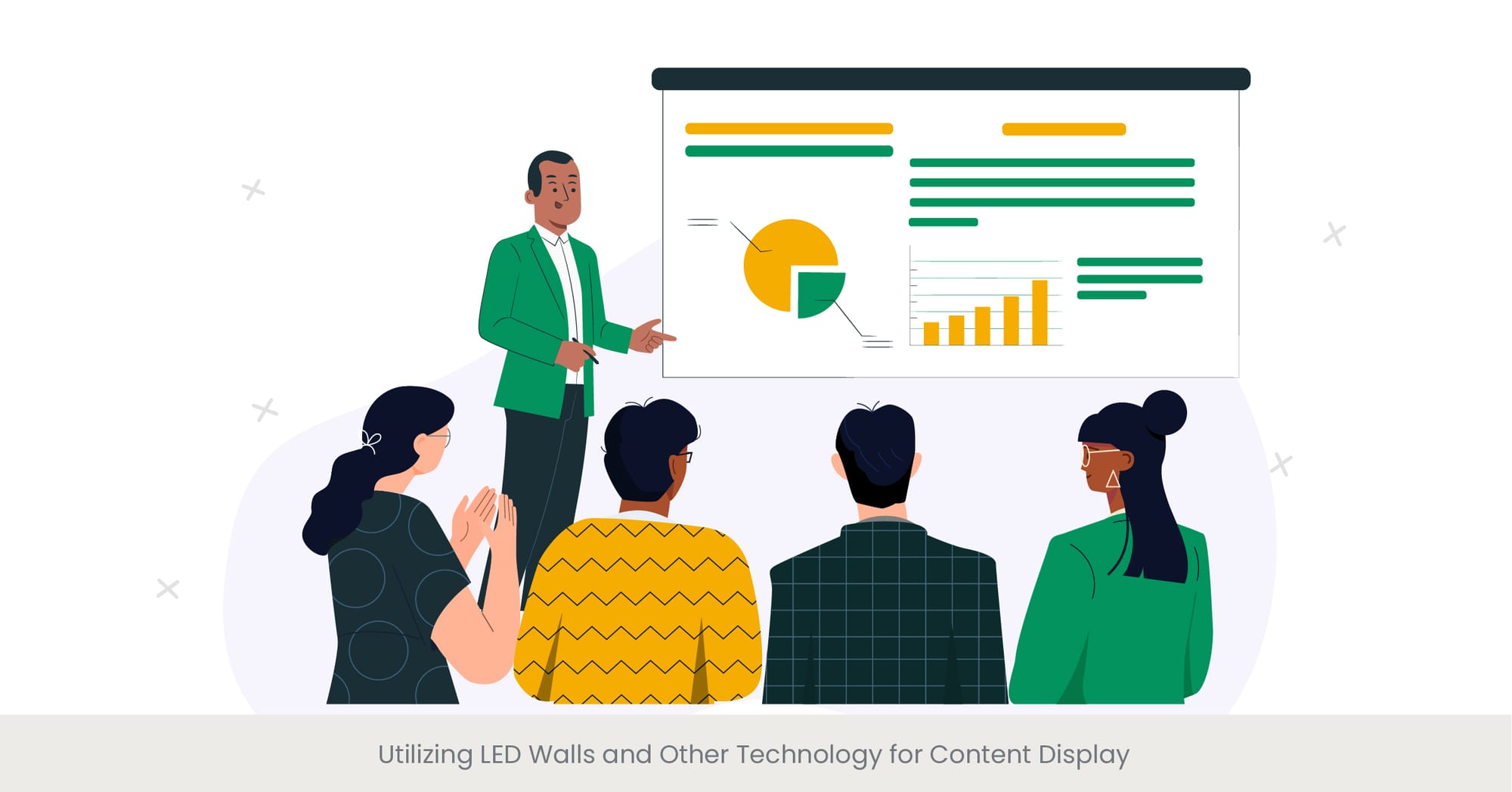
Revolutionizing Event Content with Cutting-Edge Displays
The use of LED walls and other advanced technologies has revolutionized the way event content is displayed, offering unparalleled opportunities for creating immersive and engaging environments. LED walls, with their bright, vivid displays and flexible configurations, have become a staple in event production, allowing for dynamic content presentation that captures the audience's attention. From large-scale conferences to intimate workshops, these technologies enhance the visual impact of presentations, making information more accessible and engaging for attendees.
The Evolution of Display Technologies in Events
The journey from static banners and projectors to high-resolution LED walls and interactive displays marks a significant evolution in event content delivery. Initially, the focus of media outlets was on overcoming the limitations of visibility and readability in large venues. Today, the emphasis has shifted towards enhancing attendee engagement through interactive and visually striking content. The development of LED technology, including advancements in pixel pitch for sharper images and the integration of touch-screen capabilities, has expanded the possibilities for content creators to design truly captivating presentations.
Showcasing Success: Case Studies of Technology in Action
Real-life applications of these technologies demonstrate their potential to transform event experiences. For instance, a major tech expo utilized a curved LED wall to create an immersive environment that showcased futuristic technology through high-definition visuals and interactive demonstrations. Another example is a corporate event that featured a mosaic of LED screens, each displaying different aspects of the company's achievements and products, encouraging attendees to explore content at their own pace. These cases highlight how LED walls and similar technologies can be creatively employed to elevate the entire presentation side of event content, making it more memorable and impactful.
Insights and Advancements from Industry Leaders
The continuous advancement in display technology is supported by research and innovation from leading companies in the field. Developments in LED technology, such as increased energy efficiency, higher contrast ratios, and the ability to create flexible and transparent screens, are pushing the boundaries of what's possible in event content display. Industry leaders emphasize the importance of integrating these technologies with content strategy to maximize engagement and impact. For example, studies have shown that dynamic content displayed on LED walls significantly increases audience attention and retention rates compared to traditional static displays.
Utilizing LED walls and other display technologies is a powerful strategy for enhancing the visual appeal and engagement of event content. By incorporating these advancements into your event design, you can create immersive experiences that captivate your audience and leave a lasting impression.
Read our guide - Introduction to World of Event Production and Services on creating memorable milestone event presentations
Content Repurposing Post-Event

Maximizing the Lifespan of Your Event Content
The conclusion of an event does not signify the end of the road for the content it generated. Repurposing content post-event is a strategic approach to extend its value and reach, transforming live experiences into resources that continue to engage and educate. Whether it's turning a keynote speech into a blog series, webinar recordings into training modules, or panel discussions into podcast episodes, the potential to breathe new life into event content is vast and varied. This strategy not only amplifies the impact of the original event but also broadens its audience beyond those who were able to attend.
The Strategy Behind Content Repurposing
Effective content repurposing begins with a plan that considers the various platforms and formats best suited to different types of event content. It involves identifying key messages and insights that can be extracted and adapted to serve ongoing marketing, educational, or community-building efforts. For instance, short video highlights from a conference can be used for social media engagement, while detailed articles based on session content can enhance your organization's thought leadership on its blog or in industry publications. The goal is to leverage the rich material generated by your event in a way that continues to provide value to your audience and your organization.
Illustrative Examples of Effective Repurposing
Several organizations have exemplified the power of content repurposing with remarkable results. A global environmental summit transformed its comprehensive session recordings into a free online course on sustainable development, reaching thousands of learners worldwide. Another example is a business conference that compiled its best speaker quotes and insights into an e-book, which was then offered as a value-added resource for email subscribers, enhancing lead generation and engagement. These examples demonstrate how repurposing content can extend the lifespan of event materials and increase their impact.
Insights and Best Practices for Repurposing Success
Industry leaders in content marketing and event management emphasize the importance of a strategic approach to content repurposing. Key considerations include understanding your audience's preferences for content formats and platforms, the significance of quality over quantity, and the need for a cohesive brand message across all repurposed content. Analytics play a crucial role in guiding these efforts, as tracking engagement with repurposed content can provide valuable insights into what resonates most with your audience. By adopting best practices in content repurposing, organizations can maximize their event investment and continue to engage their audience in meaningful ways long after the event has concluded.
Repurposing event content offers a unique opportunity to extend the reach and lifespan of the valuable insights and experiences shared during your event. By strategically transforming live content into various formats and channels, you can continue to engage and grow your audience, ensuring that the impact of your event endures.
Maximize audience engagement with interactive presentation designs—start with INK PPT.
Inspiring Examples of Captivating Event Content
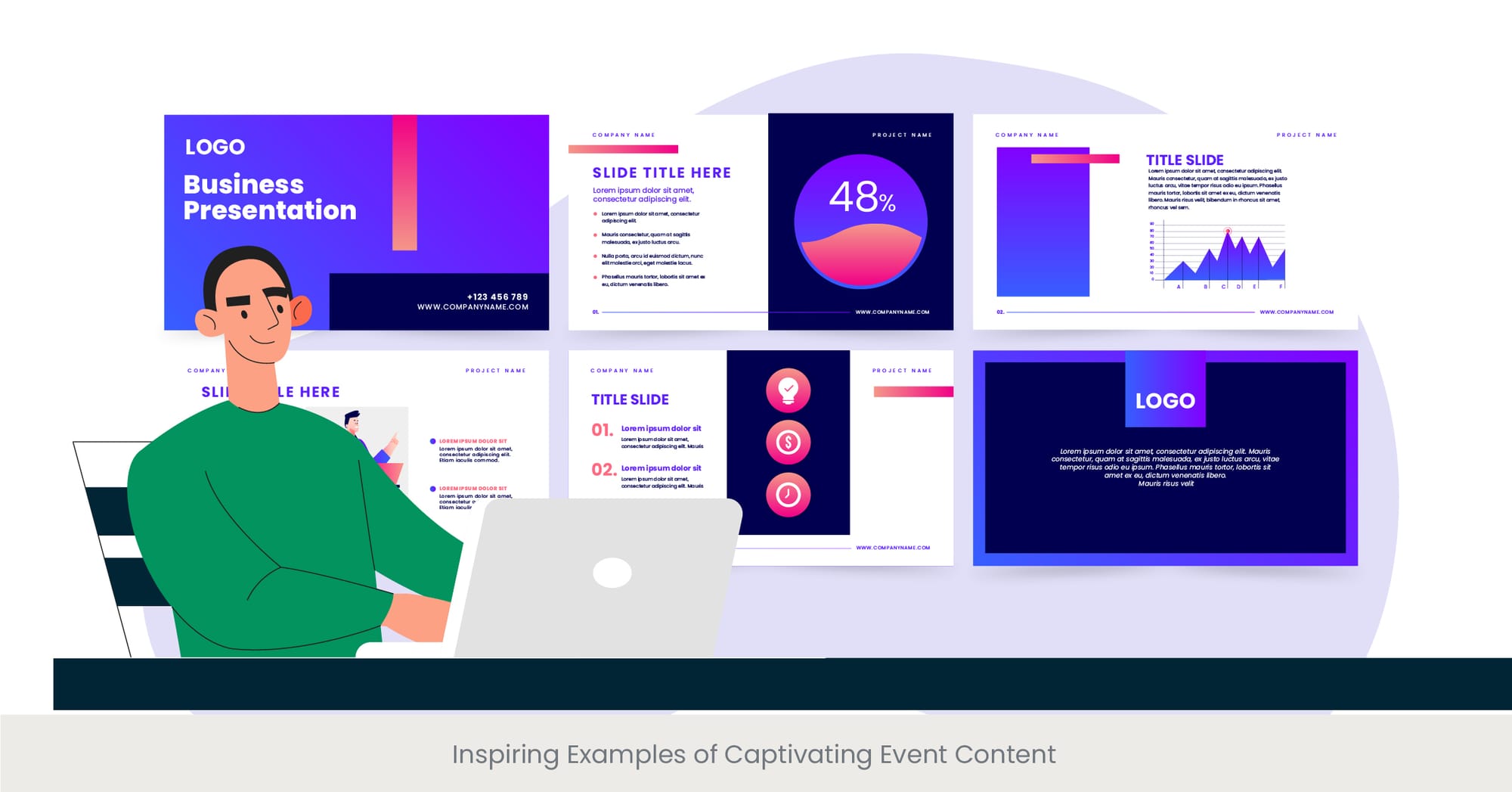
Setting the Stage for Inspiration
In the realm of event planning and content production, certain examples stand out as beacons of creativity and engagement, demonstrating the profound impact that well-crafted content can have on an audience. These inspiring examples not only showcase the innovative use of technology and storytelling but also illustrate the power of understanding and connecting with your audience. From interactive art installations at cultural festivals to groundbreaking product demos at tech expos, these instances of captivating event content offer valuable lessons in creating memorable experiences.
Examples That Broke the Mold
One notable example is the annual Consumer Electronics Show (CES), where companies go above and beyond to present their latest innovations in the most engaging ways possible. Highlights include immersive VR experiences that transport attendees to other worlds, showcasing the potential of virtual reality technology. Similarly, a leading software company's developer conference utilized an LED video wall to create a dynamic, interactive backdrop for keynote speeches, effectively blending visual spectacle with informative content.
Another example of captivating event content comes from a music and arts festival that integrated augmented reality (AR) features into its app, allowing attendees to discover hidden art installations live events and performances through their smartphones. This not only enhanced the festival experience but also encouraged exploration and interaction among attendees, fostering a sense of community and shared discovery.
Lessons Learned from Success Stories
These examples underscore the importance of leveraging technology to create immersive and interactive experiences that engage attendees on multiple levels. Key takeaways include the need for creativity in content presentation, the value of integrating digital and physical experiences, and the effectiveness of using storytelling to connect with the audience emotionally. Additionally, these successes highlight the benefits of audience participation, demonstrating how interactive elements can transform passive viewers into active participants in the event experience.
Industry Insights on Captivating Content
Experts in event production and content strategy point to these examples as benchmarks for innovation and engagement. They emphasize the importance of continually exploring new technologies and methodologies for content delivery, as well as the need to understand the changing preferences and expectations of audiences. By drawing inspiration from these success stories, event planners and content creators can push the boundaries of what's possible, crafting event experiences that not only captivate but also leave a lasting impression on attendees.
The inspiring examples of captivating event content serve as a reminder of the limitless possibilities in event production. By embracing innovation, fostering interactivity, and creating emotionally resonant experiences, you can elevate your event content to new heights, ensuring that your event stands out in the minds of your attendees long after its conclusion.
FAQs
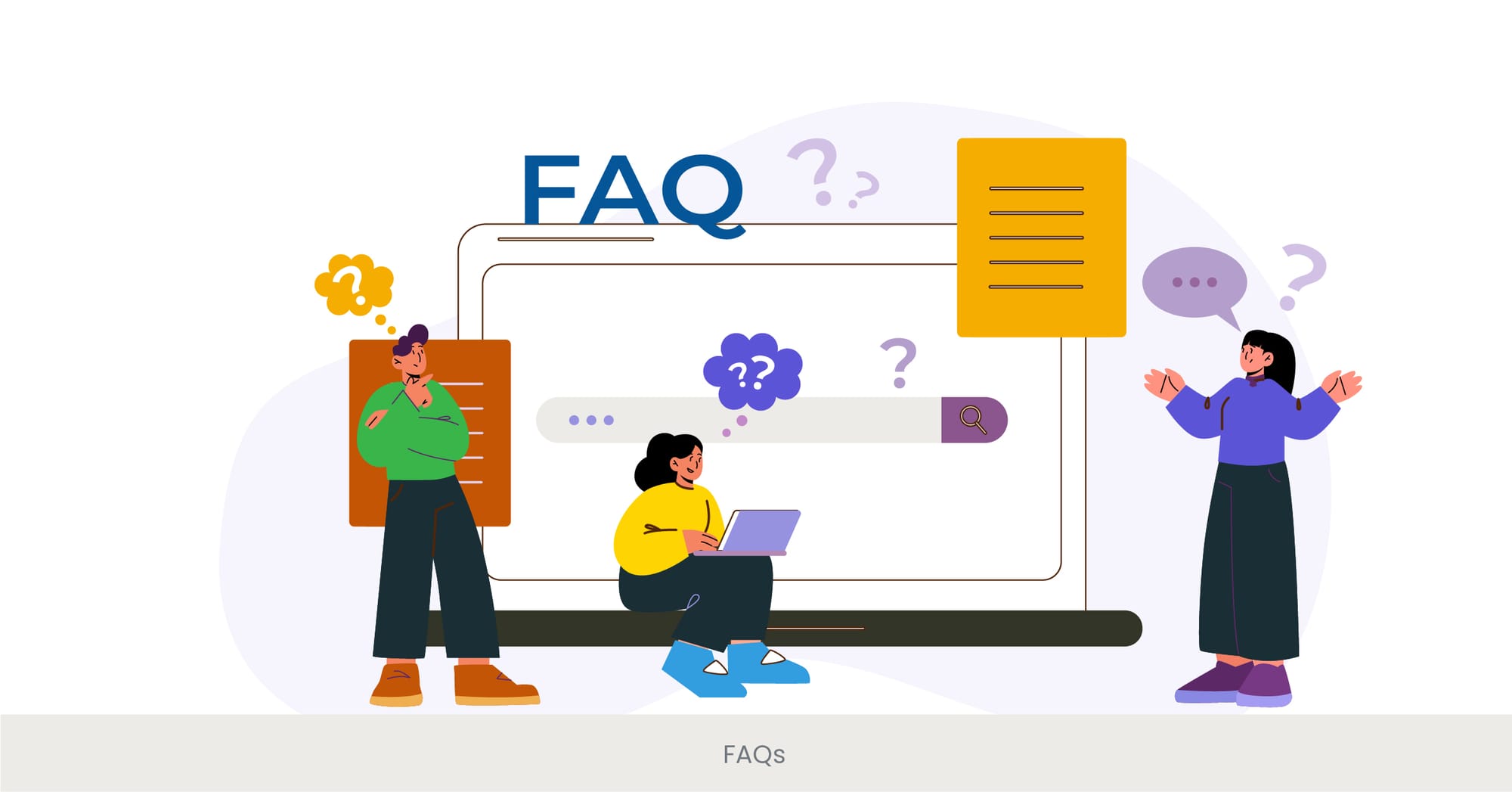
What is event content creation?
Event content creation involves the planning, development, and implementation of all material and experiences designed to engage and inform attendees during an event. This can range from keynote speeches and presentations to interactive workshops, multimedia displays, and everything in between, all aimed at enhancing the attendee experience.
What are the stages of event production?
The stages of event production typically include concept and planning, design and development, execution, and evaluation. Each stage plays a crucial role in ensuring the event meets its objectives, from initial idea brainstorming to post-event analysis of success and areas for improvement.
What is the event content?
Event content refers to the various forms of media and interactive experiences provided to attendees, including presentations, videos, live performances, workshops, and digital interactions. It's designed to engage, educate, and entertain, contributing to the overall success of the event.
What does an event production team do?
An event production asset management team is responsible for bringing the event concept to life. This includes managing logistics, coordinating with vendors, creating content, setting up technology and equipment, and ensuring the event runs smoothly from start to finish.
How do you create content for LED walls?
Creating content for LED walls involves designing visuals that are specifically tailored to the size, resolution, and location of the LED display. This can include high-resolution images, animations, and videos that take full advantage of the LED wall's capabilities to captivate the audience.
What is LED wall virtual production?
LED wall virtual production refers to the use of large LED displays as backgrounds in film and video production, allowing for real-time interaction with virtual environments. This technique enables more dynamic graphics and immersive visual storytelling.
How much does LED wall film cost?
The cost of using an LED wall for filming can vary widely depending on the size of the wall, duration of use, and technical requirements. It's best to consult with rental companies or production services for specific pricing.
How do you make LED wall visuals?
LED wall visuals are made by creating or adapting content to the specific technical specifications of the LED wall, including resolution, aspect ratio, and color calibration. This often involves graphic design, animation, and video production skills.
How do you write a conference presentation?
Writing a conference presentation involves identifying your main message, structuring your content logically, incorporating supporting data and visuals, and rehearsing your delivery. The goal is to communicate your ideas clearly and engagingly to your audience.
What is the first slide of a conference presentation?
The first few slide deck of a conference presentation typically includes the title of the presentation, the speaker's name, and sometimes the date and event name. It serves as an introduction to the topic and speaker.
What is the format of a conference paper presentation?
The format of a conference paper presentation usually includes an introduction to the topic, a review of related literature, methodology, results, and conclusions. It should be structured to fit within the allotted presentation time, often including time for Q&A.
What counts as a conference presentation?
A conference presentation is a formal delivery of research findings, industry insights, or professional experiences shared at a conference. It can take various forms, including keynote speeches, panel discussions, and interactive workshops.
What is a demo presentation?
A demo presentation is a live demonstration of a product, service, or technology, showcasing its features, benefits, and potential applications to an audience, often aimed at engaging potential customers or partners.
How do you make a good demo presentation?
A good product demo presentation clearly highlights the value and functionality of the product or technology being demonstrated, engaging the audience through interactive elements, clear explanations, and addressing potential questions or concerns.
How do you present a project demo?
Presenting a project demo involves planning the key points you want to highlight, ensuring the product or project is in working order, practicing the demonstration to ensure smooth delivery, and preparing to answer audience questions and deliver it.
How do you introduce a demo?
Introducing a demo typically involves briefly explaining what will be demonstrated, the problem it solves, and what makes it unique, interesting or valuable. This sets the stage for the audience to understand the context and significance of the demo.

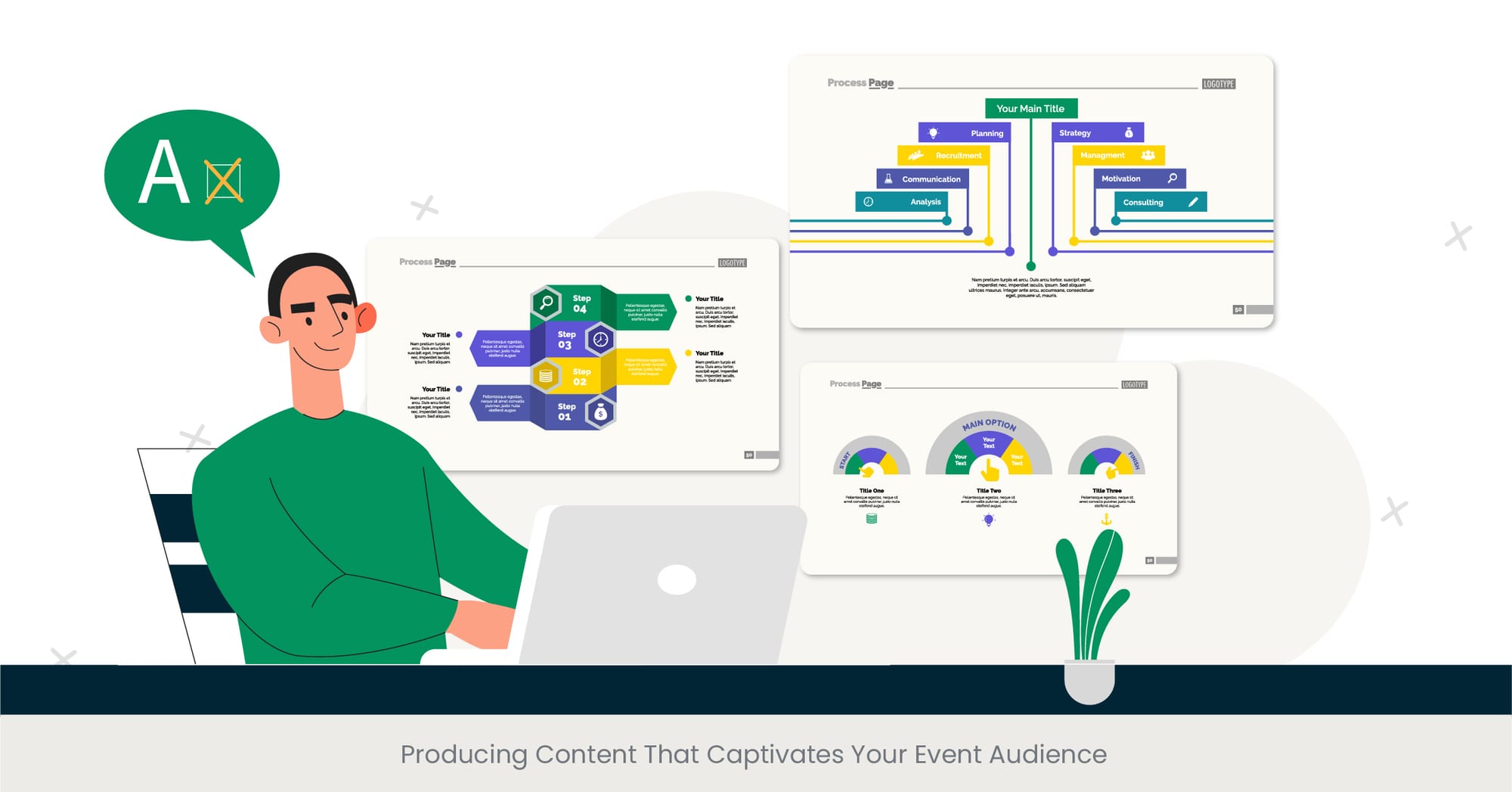

%20(1).jpg)
%20(1).jpg)
